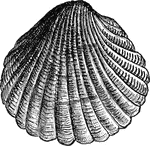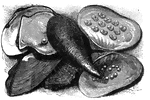Clipart tagged: ‘oyster’

Perna isognomum
"The Perna isognomum has a somewhat similar form to the Hammer Oyster; it lives in deep water,…
!["[From left to right:] Fusus Longissimus, Pearl Oyster and Coral, Volute, Thorny Woodcock." — Goodrich, 1859](https://etc.usf.edu/clipart/13900/13992/mollusca_13992_mth.gif)
Mollusca
"[From left to right:] Fusus Longissimus, Pearl Oyster and Coral, Volute, Thorny Woodcock." —…
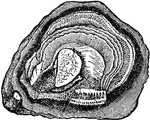
Oyster
An edible bivavle mollusk, closely allied to the mussels, and which forms an important article of commerce.…
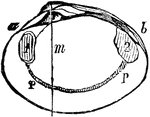
Oyster
Oysters grow for the most part in marine or brackish water. Inside a usually highly calcified shell…
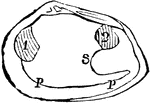
Oyster
Oysters grow for the most part in marine or brackish water. Inside a usually highly calcified shell…
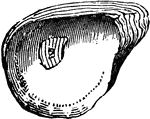
Oyster
Oysters grow for the most part in marine or brackish water. Inside a usually highly calcified shell…

Oyster
"Anatomy of the Oyster. A. Hinge or anterior umbonal end of the left valve of an adult oyster, upon…

Oyster Shell
An illustration of a oyster shell. The common name oyster is used for a number of different groups of…
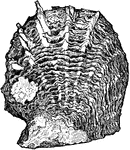
Oyster Shell
An illustration of a oyster shell. The common name oyster is used for a number of different groups of…
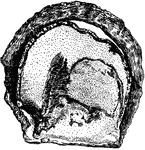
Oyster Shell
An illustration of a oyster shell. The common name oyster is used for a number of different groups of…
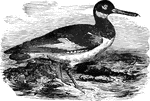
European Oystercatcher
The European oyster-catcher is about eighteen inches in length, commonly found along the sea-coast.…
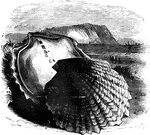
Pearl-oyster
"Furnishes the fines pearls; the shells are also imported in vast quanities, the inner layer, known…
